


This team from Israel was the first to book its ticket to the moon. Instead of rolling like a rover, this dishwasher-sized spacecraft will "hop" using retro-thrusters to move 500 meters across the lunar surface. SpaceIL has commissioned a ride with Spaceflight Industries.
According the contest rules, contestants had until December 31, 2020 to book a seat on a rocket ride to the moon. Five teams out of the original 34 have made it past this crucial checkpoint. These missions must launch before December 31, 2020 in order to get a shot at the $20 million grand prize and $5 million second place prize (and another $5 million total in smaller prizes).
But the teams don't necessarily have to complete their missions before the year's end, according to an update from the XPrize Foundation:
In recognition of the diverse mission plans of each finalist team, XPRIZE made an update to the guidelines to require that the launch is initiated by the December 31, 2020 deadline, instead of completed.
The rule tweak aids teams who need to spend a little bit more time in orbit around the moon before moving in for a landing. As long as each team launches before the end of 2017, they can take their time getting to the finish line. . . although the first team to land will get the glory of becoming the first privately-owned spacecraft to touch down on the lunar surface.
Here are the five teams who are shooting for the moon.
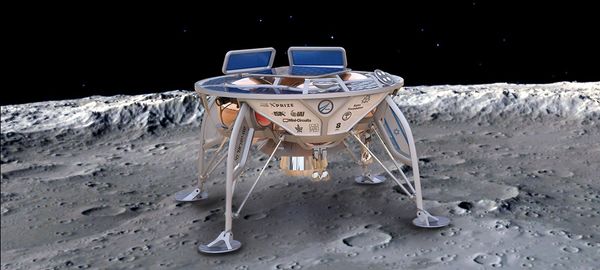
SpaceIL
SpaceIL
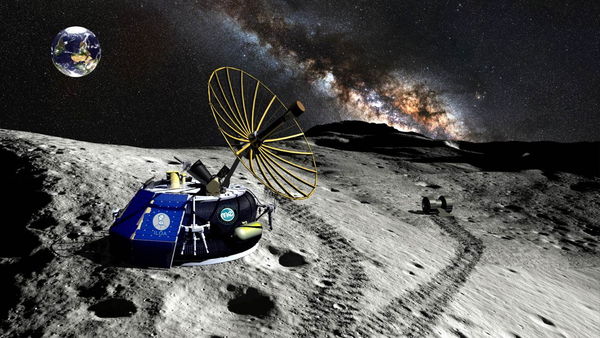
Moon Express
Moon Express
This Silicon Vally-based company's website doesn't provide details about how their lander works. They plan to launch with Rocket Lab, a startup in New Zealand.
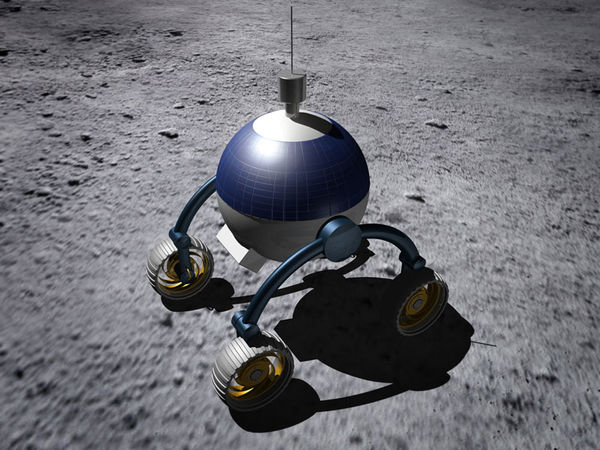
Synergy Moon
Synergy Moon
Composed of folks from 15 different countries, this team aims to send a lander and one or more rovers like the one above. They're planning to ride on a Neptune rocket from Interorbital Systems. The company has flown smaller rockets before, but a successful flight to the moon would put them in a whole new ballpark.
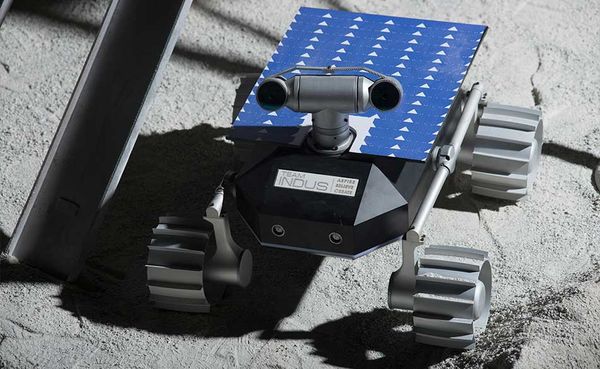
Team Indus
Team Indus
As far as we're concerned, this one should win the 'cutest robot' prize (which is not a real thing). Team Indus' lander will launch on a rocket from the Indian space agency in late 2017, then deploy this 11-pound, solar-powered rover.
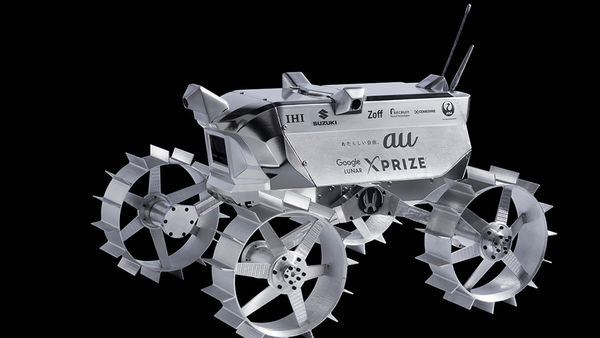
Hakuto
Hakuto
This sleek little rover will hitch a ride to the moon on Team Indus's lander. The rover has a carbon fiber body that can withstand the extreme temperature changes of the lunar surface (more than 212 degrees Fahrenheit at noon, below -238 degrees Fahrenheit at night). It will also be able to take 360-degree images.

EDITOR'S PICKS







